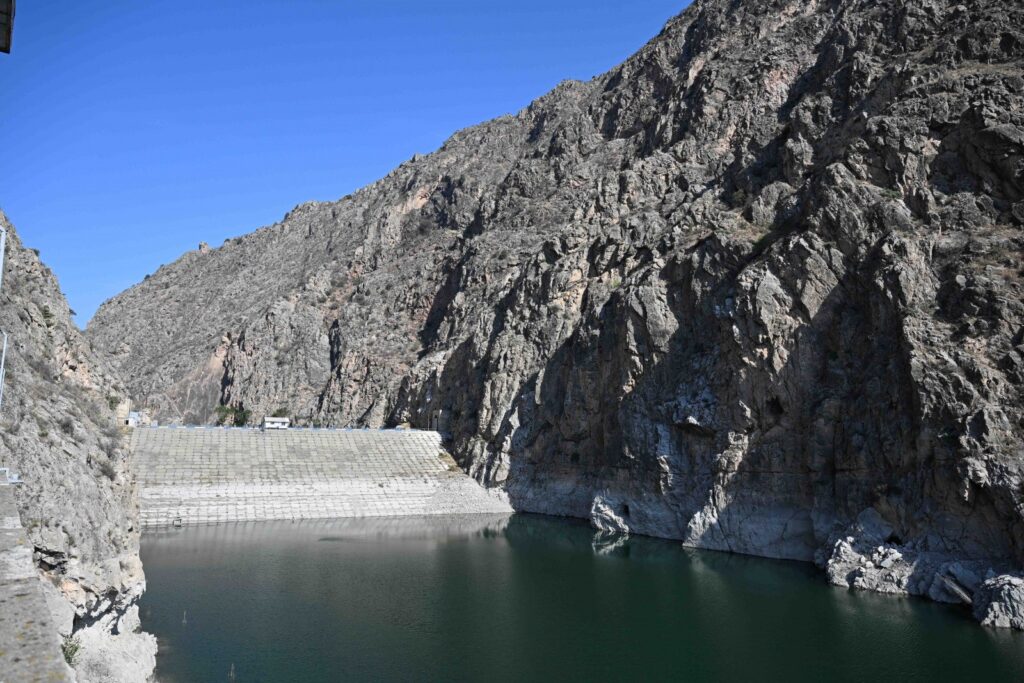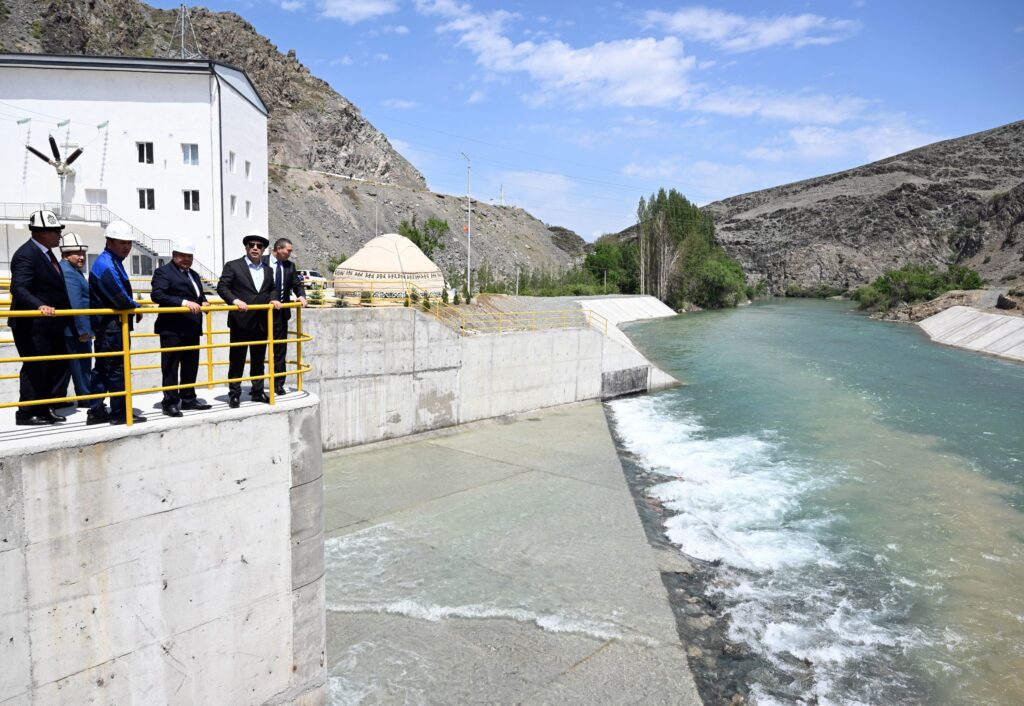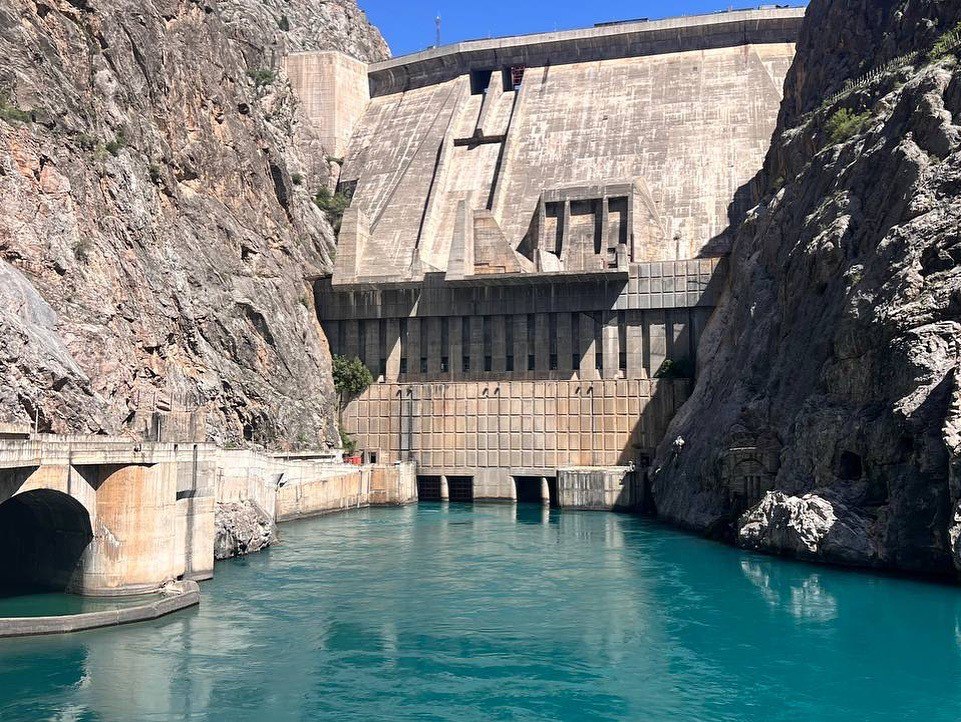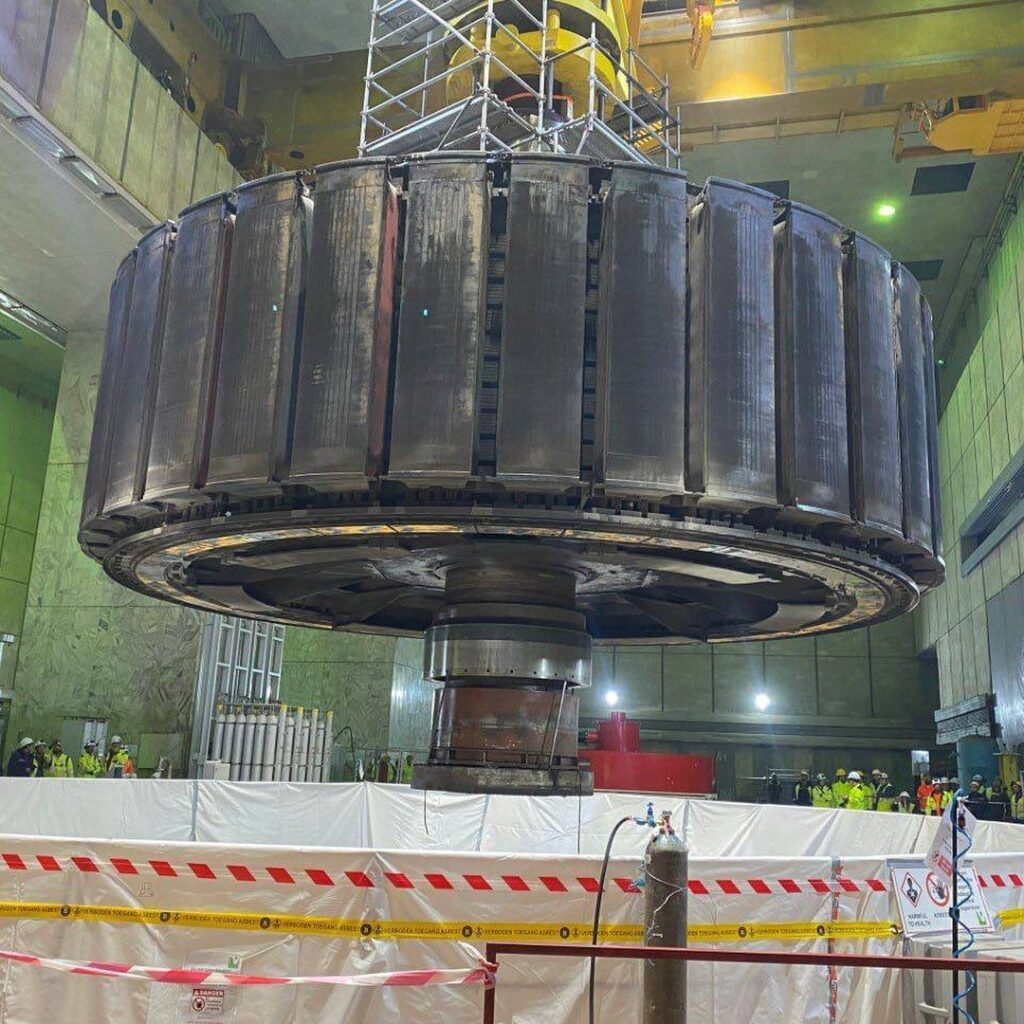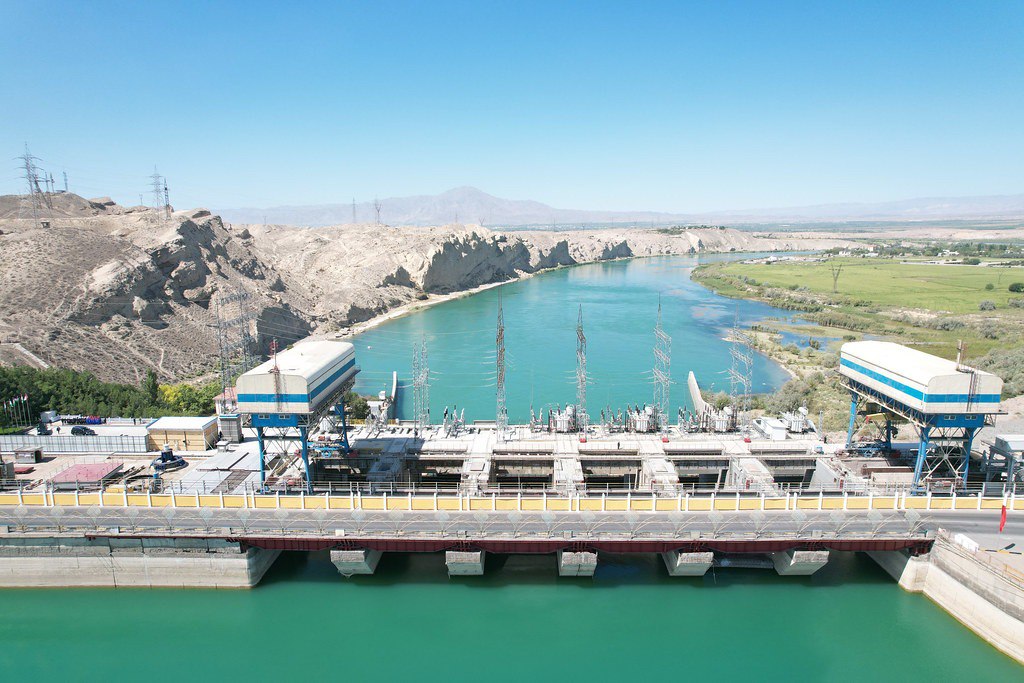Kyrgyzstan Begins Construction of Another Small Hydropower Plant
The construction of a small hydroelectric power plant on the Ak-Buura River at the Papan reservoir in Kyrgyzstan’s southern Osh region has begun. The Ak-Buura River supplies water to Kyrgyzstan’s second-largest city, Osh. The Papan reservoir is located in the Papan Gorge, and the power plant will be constructed in the narrowest part of the Ak-Buura River valley. The small hydropower plant will have a capacity of 25 MW and will generate 103 million kWh of electricity per year. The project costs $27 million. "The construction of a small hydroelectric power plant at the Papan reservoir is another strategic step towards the country’s energy independence," Chairman of Kyrgyzstan’s Cabinet of Ministers Akylbek Japarov stated at the ceremony to launch the construction on October 5. In recent years, Kyrgyzstan has been working to expand its energy capacity by building small and large hydroelectric plants to address electricity shortages. Earlier this year, Kyrgyzstan constructed small hydroelectric power plants in Bala-Saruu in the northwestern Talas region and Kok-Art and Kainama small hydropower plants in the southern Jalal-Abad region. In 2023, Kyrgyzstan met 80% of its electricity demand, which totaled 17.2 billion kilowatt-hours. The remaining 20%, or 3.4 billion kilowatt-hours, was imported. Energy Minister Taalaibek Ibraev last week stated that despite an increase in water levels at Kyrgyzstan’s largest Toktogul hydroelectric power plant (HPP) reservoir this year, the country would still be facing an electricity deficit of about 3.9 billion kilowatt-hours. The positive is that Ibraev said in parliament on October 4 that there will be no scheduled blackouts this winter, as his ministry has done a good job preparing the power distribution system for the coming winter. The Energy Ministry has installed new and repaired all the existing transformers nationwide. In previous years, Kyrgyzstan practiced scheduled restrictions on electricity supply for several hours a day to save electricity during peak consumption hours in winter. The minister also announced that starting January 1, 2025, Turkmenistan will supply Kyrgyzstan with 1.7 billion kilowatt-hours of electricity.
